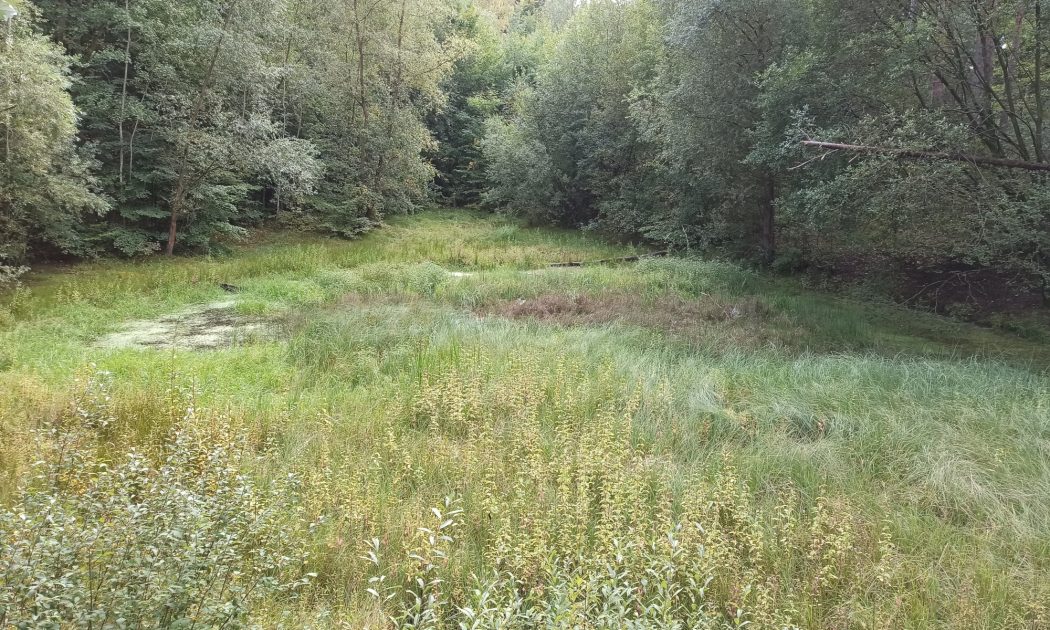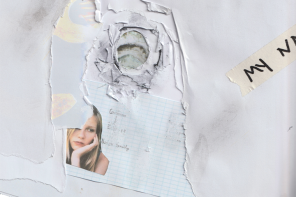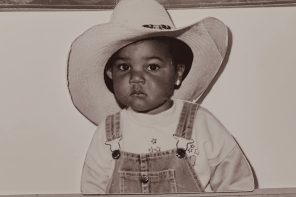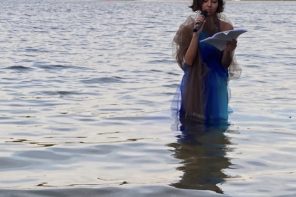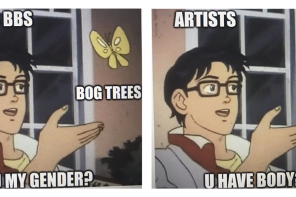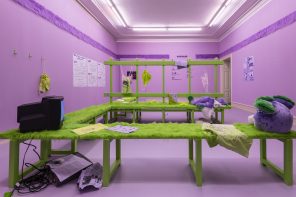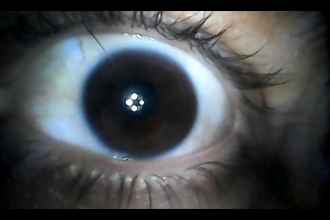Audio recording of the article.
1.
The first time I stepped into marsh water was when I was about 7. One of the first sunny days in early May. My friend’s family took me along with them to the reservoir. We were all neighbors living in the same street on the outskirts, and in the summer all the kids were biking there quite often. But at that time we probably were still too young to go there by ourselves.
We have stopped at the island, which lay in the middle and is still a bit of a mystery for me. It always seemed like a real one, even if it is too big and lays in the middle of an artificial reservoir – the only lake most of the kids from our neighborhood ever knew.
While adults were setting the barbecue and spreading blankets at the bank, we were exploring the surroundings. You have asked me to write about bogs and wetlands, and I’m not even sure if it was one. Maybe there were just some puddles left after recently melted snow. Or it could indeed be the lower marshy part of the island. I don’t know. We were checking the bushes and suddenly my foot got somewhere under the grass and mud… Deep under the wet layer of last year’s leaves. I pulled out my raspberry-red rubber boot and it was half-full of water. In less than a minute everybody knew that I got into the marsh and such attention was quite embarrassing.
2.
In many situations, life can take you by surprise. As not all of those surprises are so pleasant, it is reasonable to stick to certainty, avoid uncharted waters and unmeasurable depths. Falling under the ground, losing control over your body – well, what can be worse? Bogs and marshes still are the great unknowns at the clear, well-structured landscapes of today. They can become an absolute tragedy for the city-dweller, who is used to the nicely laid pavement and a glance of the shopping mall floors. The same can be true for the inhabitants of the network, in other words for almost anybody. Any software or an interface is a structure that requires an accordingly set mind for better interaction. Such digitalization of the mind looks like something unavoidable, the reality of the augmentation aligned with the extractivist logic of capitalism, where the key resource is attention and dedication.
In such a case, an unknown and unmeasured wetland with its super slow processes is a kind of nightmare, something that should be either conquered or left out of the database as a heresy. Discipline fails at the bog, as it is something useless and quite annoying. The draining is the most effective thing to handle it, but to which extent can the discipline of measurement be installed there?
3.
In the myths of many peoples, the bog is inhabited by dangerous creatures who lure strangers into the dark waters, where they most certainly die. They appear in many forms and frequently use magic to confuse and mislead their victims, to make them hallucinate and capture their minds with fake images. There is nobody weaker and more pitiful than someone who is losing control over their body and mind. The bog is absolute evil and cruelty – this is a label that has been traditionally allocated to it. The dirty spirits of the wetlands are lonely misanthropic outsiders, anti-socials, and maniacs who produce nothing and have not much connection to the normal disciplined life. Imps and devils who feed on the souls of drowned.
Can they be normalized or fully incorporated in culture if they are uncertainty themselves? I would like to quote Bifo here. In Futurability he writes: “The development of artificial intelligence and the penetration of intelligent devices into the sphere of daily life and of cognitive activity imply that new areas of being will become the realm of computing. But the entire sphere of being cannot be experienced in a computer. Existence is what cannot be reduced by any amount of processing power.”
4.
To some degree, computing is a phantasy of power, of a clear understanding of life. This is a kind of dream in which the logic and order of representation can take over the unpredictable, vague uncertainty of raw existence. Taken as an image or a metaphor like here, the wetland makes us face the reality and the limits of the capacities of the human mind.
Another one of my memories about the reservoir is of my grandpa. We have had a walk near the water one day. Frankly, I’m not sure if it was real, or it was a dream. I do remember how my grandpa, probably in his mid-fifties, was climbing on the side of the pit, which how I see it, was a newly dug bed of the reservoir or reinforced bank, that still wasn’t flooded. I was watching him from the distance. The clear blue sky above, the green of the vegetation on top, and the yellow sand sliding down under his shoes, making his moves hard and chaotic while climbing out of this still-dry pit.
Falling into the unknown is inevitable. Life itself is a constant minding of one’s steps on the shaky grounds of uncertainty.
Aliaxey Talstou – born in 1984 in Minsk – is an artist and writer. He works with topics of social and political tension, technology and its impact on the human mind, ecological emergency, and the theme of the crisis in general. In his artistic practice, Talstou employs media of painting, drawing, video, and performance. He is also known as a curator and culture worker.

